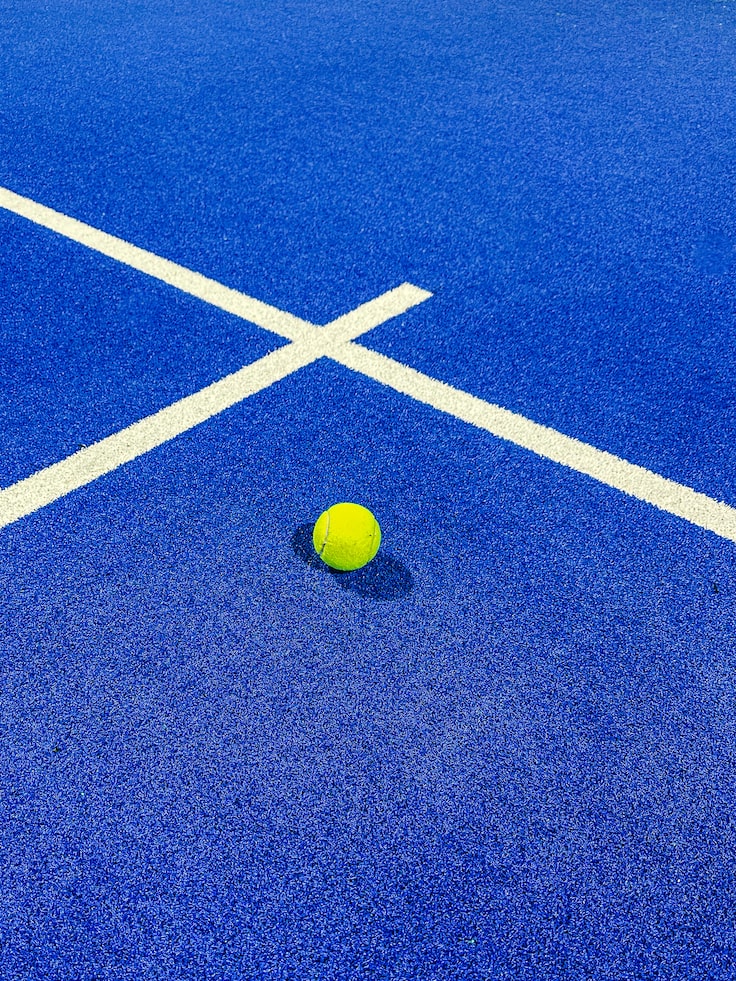Common Misunderstandings of Padel’s Fence Rules and How to Avoid Them
3 min read
Common Misunderstandings of Padel’s Fence Rules and How to Avoid Them
If you are new to playing padel, it is essential to learn its rules, including the fence’s regulations in the game. The fence plays a significant role in padel and is different from other racket sports’ courts.
However, there are common misunderstandings about the padel rules fence that even seasoned players fall prey to. In this article, we’ll discuss these misunderstandings and how you can avoid them.
Not Letting the Ball Bounce Off the Fence
One of the most common misunderstandings is thinking that you can hit the ball directly off the fence. However, in padel, you have to let the ball bounce off the fence before hitting it back to the opponent’s court.
Not following this rule results in a foul, as this shot-type prevents your opponent’s chance of returning the ball, making it an unfair play.
To avoid this error, always wait for the ball to bounce off the fence before hitting it back to your opponent.
Letting the Ball Bounce Twice Off the Fence
Another common mistake players make is hitting the ball when it’s already bounced twice off the fence. This rule applies to both players, so if you see your opponent hit the ball on the second bounce after the fence, it’s an automatic point for you.
To avoid this mistake, always pay attention to the ball’s position relative to the fence. If it has already bounced twice off the fence, let it go, and earn the point.
Touching the Fence with the Racket
The third common mistake players make involves touching the fence with their racket while making a shot. When you touch the fence with your racket, it’s a foul, and your opponent wins the point.
To avoid this mistake, keep your racket away from the fence while making a shot. Remember that the fence is an obstacle that you have to play around, not through.
Not Knowing the Height Limits of the Fence
Lastly, many players are not aware of the fence height limit in padel. The fence’s height should be a minimum of three meters and a maximum of four meters.
Hitting the ball above the four-meter height limit results in a foul. Players who are not familiar with this rule can quickly lose points and games if they’re not careful.
To avoid this mistake, always have an eye on the fence’s height, and make sure not to hit the ball above the four-meter limit.
Conclusion
Knowing the padel rules fence is crucial to becoming a skilled padel player. To avoid these common misunderstandings, pay extra attention to the ball’s position relative to the fence, never touch the fence with your racket, and hit the ball only after it bounces off the fence.
Padel is a fun and exciting sport that you can enjoy with friends and family, and knowing the fence’s rules will make the game even more exhilarating. By following these tips, you’ll be well on your way to becoming a proficient padel player!






